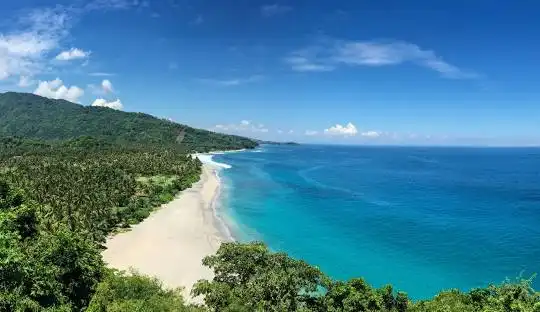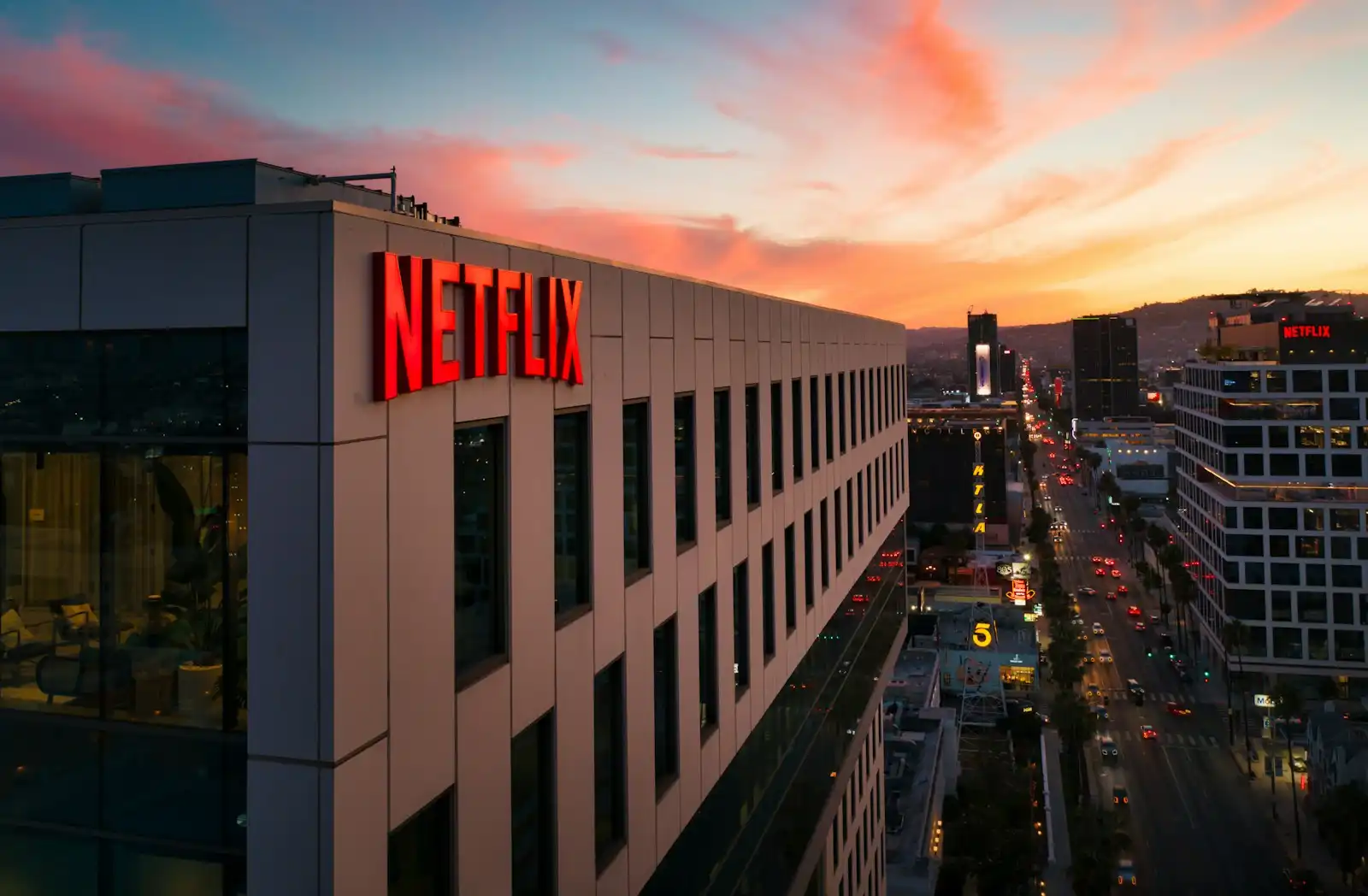proestate – Imagine a tropical island with pristine white-sand beaches, untouched green hills, and a budding sense of development. That’s Lombok today. Many call it “the Bali of 10 years ago”—a phrase that might sound cliché, but that’s precisely its appeal.
As Bali begins to face saturation (over-tourism, soaring land prices, and fierce competition among investors), Lombok emerges as a “fresher” alternative.
It offers a lower entry cost, high potential for appreciation, and is supported by national strategic projects like the Mandalika Special Economic Zone (SEZ). The question is: will Lombok truly become “the next Bali,” or will it forge its own unique path?
This article will dissect Lombok from various perspectives: the investor, the consumer, the developer, and the government—addressing the curiosity, doubts, and even the emotions that often arise when discussing a frontier property market like this one.
1. Lombok vs. Bali: Two Worlds, Two Moment
Bali has long been a magnet for global investment. Its established infrastructure, solid expat community, and stable tourist flow make it a safe haven for property investors. But all of that comes at a price.
Land prices in Canggu, for instance, can reach Rp 5 billion per are (100 m²)—more than double the price of land in Kuta, Lombok. This means anyone looking to enter the Bali market now must be prepared for a massive capital outlay, with profit margins that are increasingly thinning.
Conversely, Lombok still offers affordable prices. In Kuta, Lombok, land ranges from $100–$400/m² (Rp 350–450 million/are), with a potential annual ROI of 9–17%. For comparison, the average ROI in Bali is only 6–8%.
- Bali = Stability, certainty.
- Lombok = Growth, early opportunity.
Both have their appeal, but their risk profiles are clearly different.
2. The Economic Pulse: The Numbers Don’t Lie
Many investors are hesitant, wondering if Lombok is truly ready. Let’s look at the data.
- West Lombok (2024): Investment realization reached Rp 1.131 trillion, surpassing the initial target of Rp 784 billion.
- Mataram (2025, Q2): Already at 69.44% of its Rp 1.7 trillion target, with the construction sector (housing) as the main driver.
This shows it’s not just a sweet narrative. Real capital has been pouring in. Large and small investors alike see Lombok’s potential. Infrastructure is being accelerated, from the connecting road between Lombok International Airport (LIA) and the Mandalika SEZ to access roads to Selong Belanak and Gerupuk.
3. Market Trends: From Luxury Villas to Glamping
What does the Lombok property landscape look like today?
- Kuta, Lombok: The main hotspot, filled with luxury villas, boutique hotels, and lifestyle hubs. Land prices are $100–400/m².
- Selong Belanak: A villa investment paradise, with land at $50–180/m². But beware, land disputes often arise here.
- Torok Bay: A new premium destination with exclusive beaches, land at $40–250/m².
- Sekotong: The most affordable prices ($20–100/m²), suitable for eco-resort projects, glamping, or long-term land banking.
- Senggigi (West): The “OG tourism area” with a stable market, international hotels, and residential homes starting from Rp 950 million up to hotels at Rp 135 billion.
- Gili Islands: Always a tourist magnet, with land at $100–500/m² and high ROI. However, ambiguous regulations often make foreign investors uneasy.
The pattern is clear: South Lombok = rapid growth, West Lombok = stability, North Lombok = niche opportunities.
4. ROI: The Numbers That Make an Investor’s Eyes Gleam
In the digital era, many evaluate properties based on their rental potential (Airbnb, Booking.com). Interesting data has emerged:
- Airbnb listings in Central Lombok (Kuta) have increased threefold since 2022.
- The average annual Airbnb income is Rp 50 million (26% occupancy).
- But during peak season, occupancy can soar to 70–90%.
This is the golden gap. Regular properties generate average numbers. But properties that are professionally managed, have modern design, are eco-friendly, and are in strategic locations can generate well above average returns.
Smart investors know: it’s not just about buying land, but also about how to manage, market, and maximize its potential.
5. Risks That Are Often Overlooked
However, don’t get carried away by the sweet numbers. Lombok has a dark side that needs to be acknowledged.
- Legality & Ownership: Foreigners cannot own Hak Milik (Freehold Title). The official route is through a Foreign Investment Company (PT PMA) with a Right to Build (Hak Guna Bangunan) or Right to Use (Hak Pakai) title. Many investors fall into a “nominee trap”—using a local’s name, but risking a total loss of their asset.
- Land Disputes: Dual certificates, inheritance claims, or social conflicts can halt a project. Example: a dispute in Selong Belanak has involved several parties in legal proceedings.
- Infrastructure & Environment: Outside the main hotspots, roads, electricity, and water are still limited. Unregulated development risks damaging the environment (deforestation, coastal erosion), which would undermine the very tourism appeal of the island.
6. The Consumer Perspective: More Than Just Property
Lombok isn’t just about ROI. The end consumer—both home buyers and villa renters—has an important voice.
- Local buyers: Can access subsidized homes in Tanjung for Rp 158–168 million.
- Middle-upper buyers: Are seeking villas with sea views, eco-friendly designs, and prices of Rp 2–3 billion—much cheaper than similar properties in Bali.
- Renters (tourists/digital nomads): Desire a balance: a place quieter than Bali, but with a community and modern facilities.
In other words, Lombok isn’t just a Bali alternative; it has its own consumer identity: eco-conscious, luxury-seekers, digital nomads.
7. Companies & Developers: Navigating Between Opportunity and Pressure
For developers, Lombok is a blue ocean—but also full of hurdles.
- Opportunities:
- Mandalika SEZ → resort clusters, the MotoGP circuit, international hotels.
- Eco-resort & glamping segment → fits the sustainable tourism trend.
- Middle-class products (housing, compact villas) → a large, untapped niche.
- Pressures:
- Must build with clear spatial planning permits.
- Must maintain social relations with the local community to avoid rejection.
- Must be creative in offering concepts different from Bali (eco-luxury, slow-living, wellness tourism).
8. The Government: Between Promoter and Regulator
The government has two faces here: a driver of growth and a supervisor.
- Driving: Through the Mandalika SEZ, infrastructure, and international promotion.
- Regulating: Strict on regulations, with neglected land liable to be taken over.
This creates a unique dynamic. Foreign investors can’t just engage in “land banking” without commitment. There’s a “social price” to be paid: contributing to the local economy.
9. Conclusion: Lombok at the Crossroads
Lombok is more than just “the next Bali.” It is a frontier market—full of opportunities, full of risks, full of stories.
- For the conservative investor: Senggigi or Kuta are safe bets, with market stability and consistent rental income.
- For the bold investor: Selong Belanak, Torok Bay, or Sekotong are grounds for long-term speculation, with the potential for massive gains if approached with a mature strategy.
- For the consumer: Lombok is a new home with a different identity, not just a twin of Bali.
- For the government: The challenge lies in maintaining a balance between investment, sustainability, and the well-being of the local community.
Ultimately, success in Lombok isn’t determined by the size of the capital, but by the shrewdness of the strategy, the rigor of the due diligence, and the smart management of risk.
Because on this island, those who are brave enough to take the first step in the right way—will be the winners of the future.






